Sometimes it’s easy to forget how vast the United States is. Especially in the grip of this pandemic, many of us are feeling claustrophobic right now, like there’s nowhere left to get away from it all. But the U.S. is the third-largest country in the world, and much of it is empty space. That means there are still plenty of places where you can escape, truly escape, provided you know where to look. Here are seven of the country’s best destinations to switch off, un-tether, and detox from the rest of the world.
Hoh Rainforest (Washington)
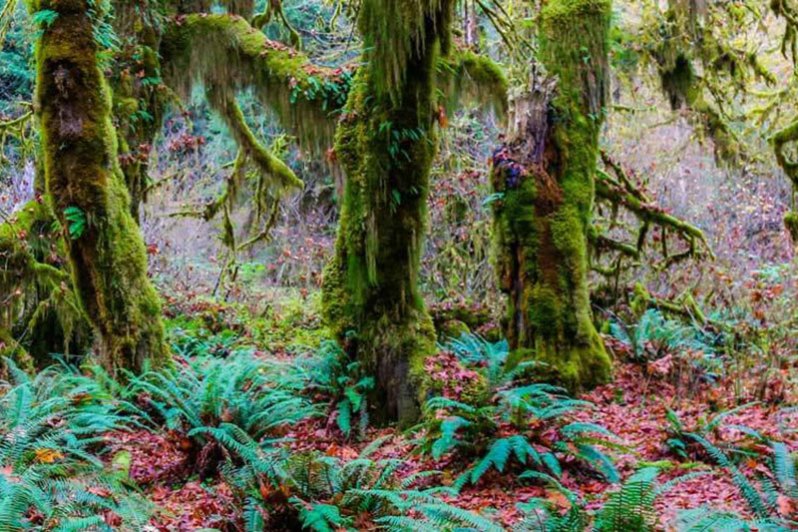
The word “rainforest” conjures images of hiking in Costa Rica or paddling the Amazon River. But, just a couple of hours from Seattle lies one of the world’s most unique and beautiful rainforests. Inside Olympic National Park is where you’ll find Hoh (pronounced “hoe”) Rainforest — an impossibly dense, verdant, moss-covered expanse that sees up to 14 feet of rain per year. It’s one of the most surreal places in the Lower 48, even the world, for finding a digital detox.
Where to Stay
A single campground within Hoh Rainforest offers 72 mostly primitive sites. Travelers looking for more creature comforts will find the nearest hotels roughly an hour away in the town of Forks. Kalaloch Lodge, in particular, is a great option. The lodge has been an institution on the Olympic Peninsula for more than a century. It was initially built with milled lumber from massive driftwood logs that washed ashore on the nearby beaches of Kalaloch Creek. Today, the main lodge remains and is surrounded by rustic but well-appointed private cabins. The best part? No Wi-Fi, no telephones, and few TVs anywhere on the property.
Canyon Point (Utah)
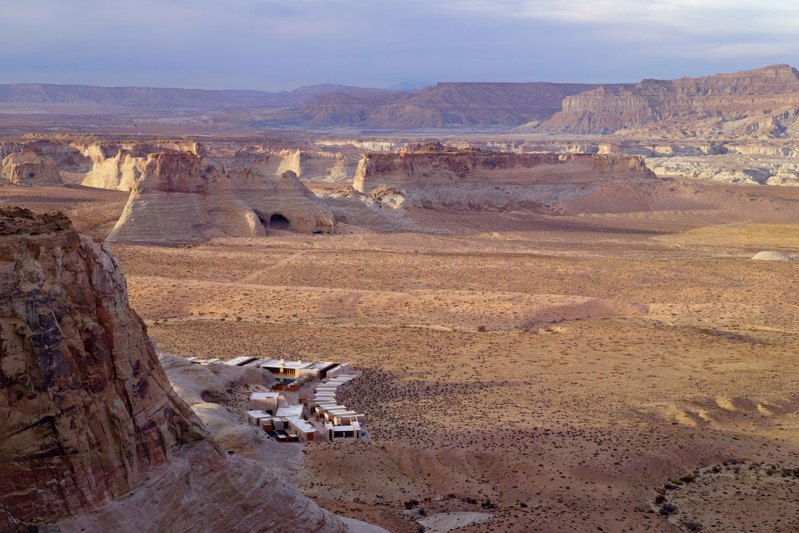
It’s difficult to imagine a more humbling, awe-inspiring, and relaxing experience than standing in the middle of a desert. Southern Utah offers the perfect backdrop for just such a getaway. Canyon Point, in particular, sits at the intersection of five national parks, including Bryce Canyon, Grand Staircase-Escalante, and Zion.
Where to Stay
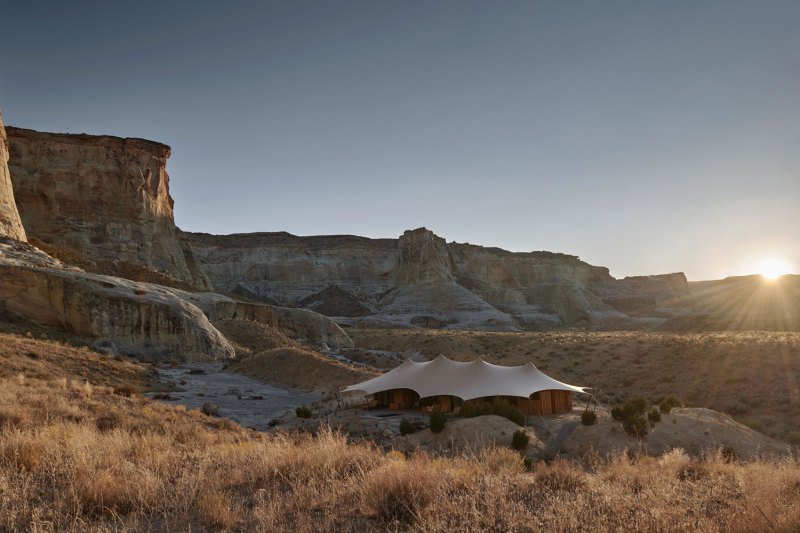
Overnighting in the desert doesn’t have to mean roughing it like a Bedouin. Amangiri is a literal oasis in the Utah desert. Just a short drive from this stunning luxury resort is the new Camp Sarika. Situated amid 600 acres of a surreal, Mars-like landscape, this tented camp provides a perfect digital detox with five-star accommodations and amenities. Just 10 canvas-topped pavilion guest rooms make up the exclusive property — each with fire pits, private plunge pools, luxury bedding, and designer interiors. For guests who find a reason to leave their rooms, the camp also boasts a world-class wellness center, on-site restaurant, and direct access to stunning hiking trails.
100-Mile Wilderness (Maine)
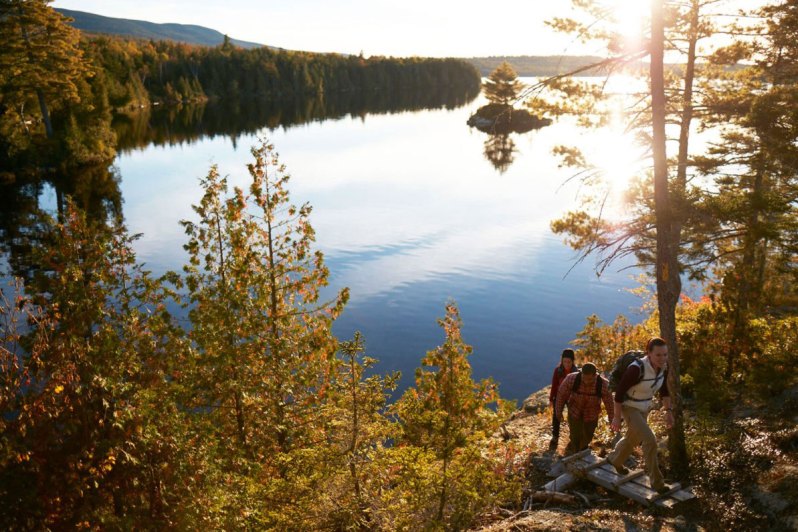
Outside of Maine’s southeast coast, much of the state is wild, raw, and sparsely populated. But, the 100-Mile Wilderness is an entirely different beast. Appalachian Trail hikers know this 100-mile path as the last and most arduous push toward Mount Katahdin, the AT’s northern terminus. It’s an entirely off-grid stretch of pristine lakes, dense forest, and dramatic, rocky outcroppings — all of which make it perfect for a remote digital detox for those willing to work to get there.
Where to Stay

There are no towns and little civilization of any kind along the entire 100-Mile Wilderness. Hikers looking to overnight will have to do so in their own tents in the woods. Those looking to hike a portion of it at a time can stay off-trail, however. The Appalachian Mountain Club (AMC) operates three lodges in the area. All are rustic but offer essentials like running water, heat/AC, and warm beds. Travelers looking for more extravagant digs will find plenty of private cabins in the nearby towns of Millinocket and Greenville.
Boundary Waters Canoe Area Wilderness (Minnesota)
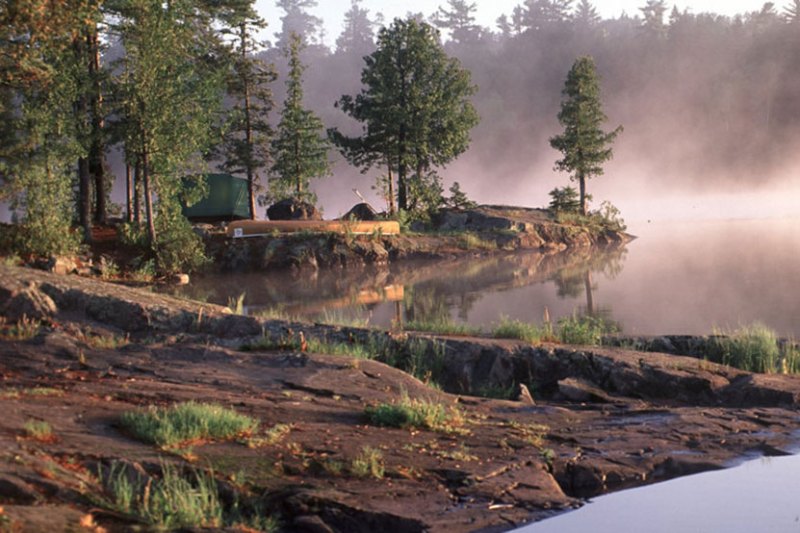
National Geographic Traveler called Boundary Waters Canoe Area Wilderness one of the “50 Places of a Lifetime” to visit. It’s more than one million acres of pristine wilderness in northeastern Minnesota that’s changed little since North America’s glaciers melted. Within its borders, you’ll find 1,100 lakes and 1,200 miles of canoe routes that all make it a paddler’s dream. Drop a kayak or canoe in the water, and spend a long weekend or a week exploring on your own. If it’s serious solitude you seek, head to Adams or Boulder Lakes — two of the area’s most remote lakes where you’re unlikely to see another soul.
Where to Stay
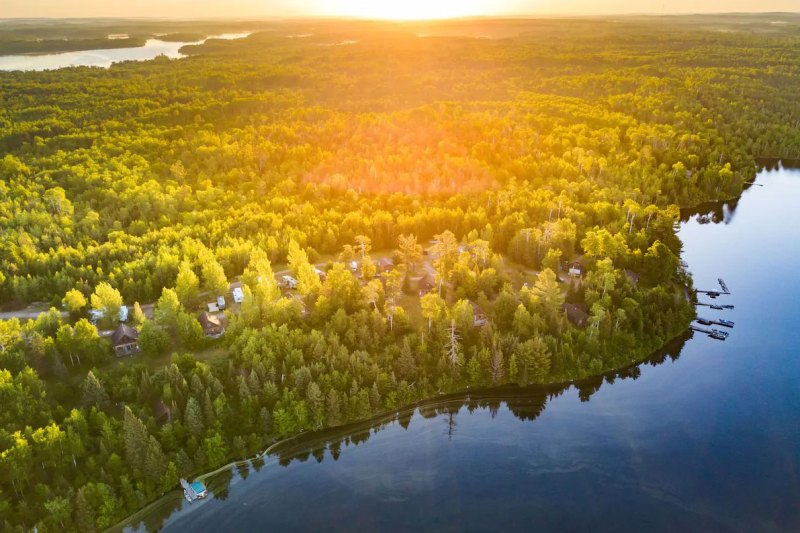
For those who like to rough it, there are more than 2,000 designated campsites, all bookable through the U.S. Forest Service. If you prefer your accommodations with solid walls and running water, you’ll need to look farther afield. The town of Ely is the main entry point into the wilderness area, as it offers a variety of accommodation options, plus outfitters to reserve kayaks, canoes, and other gear. Check Deer Ridge Resort
Wrangell Mountains (Alaska)

At twice the size of Texas and one-fifth of all the lower 48 states combined, Alaska is vast, rugged, remote, and sparsely populated. Those are the reasons why more people go missing in the state — the so-called “Alaska Triangle” — than anywhere else in the U.S. But, it’s those same reasons that make the state the perfect destination for a true escape.
Where to Stay
If you’re looking to get away from the digital world without giving up the “luxury” trappings of home, Ultima Thule Alaska Lodge may be just the place. This exclusive luxe retreat is billed as “Real. Wild. Raw.” and the name comes from the Greek to describe “the unknowable realm beyond the northern bounds of their maps.” Indeed, the nearest road is 100 miles away, and the property is only accessible by bush plane. But, each of the private cabins is well-appointed with leather chairs, cherry writing desks, and hunting-inspired accents. Guests are provided all the necessary kit for a week in the great outdoors — including hiking gear, fishing poles, and professional guides to ensure you don’t get too lost in the adjacent 13-million-acre Wrangell-St. Elias National Park.
North Rim of the Grand Canyon (Arizona)
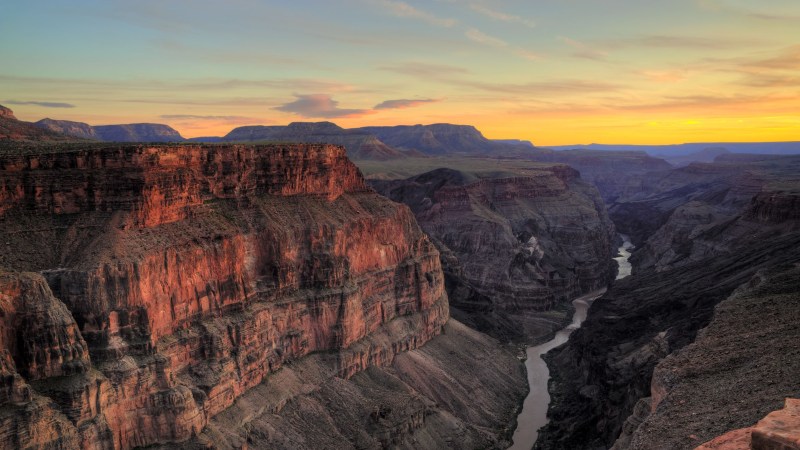
If even the Alaska hunting lodge lifestyle is too First World for you, escape to the Grand Canyon. We’re not talking about the landmark’s South Rim that’s perpetually overrun with families of road-tripping tourists jockeying for selfies. No, those looking for a true escape should trek to the canyon’s lesser-known North Rim. Less than 10% of all Grand Canyon visitors ever see this remote section of America’s most famed natural wonder.
Where to Stay
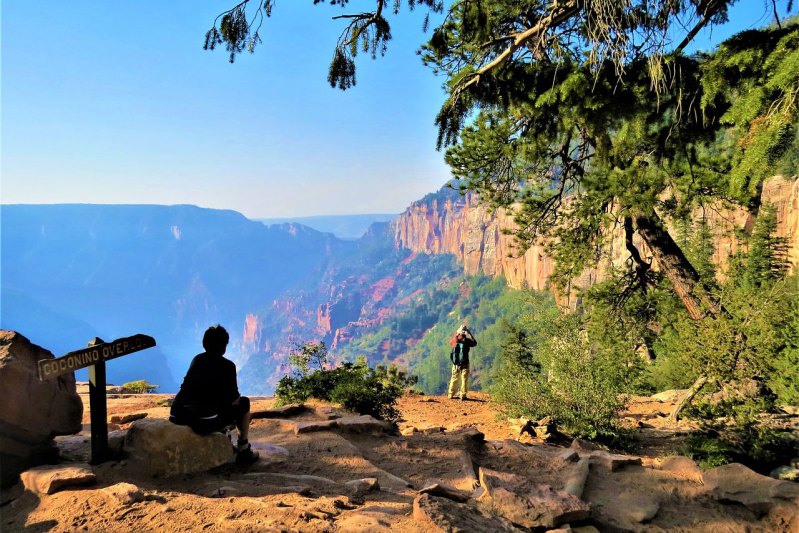
The North Rim is where you’ll find Tuweep Campground — an extremely remote, primitive campground that’s worlds away from anywhere. The view from the adjacent Toroweap Overlook is among the best in any U.S. National Park: A steep, dramatic bluff perched 3,000 vertical feet above the Colorado River with stunning sunrise/sunset views and nary a sign of civilization in sight. Zero light pollution makes for out-of-this-world stargazing, too. The experience doesn’t come easy, however. The National Park Service is quick to note that, out here, you’re on your own. “Services are non-existent: There is no water, gas, food, lodging, or phone service.” If you’re looking for a real digital detox, that should be music to your ears.
Big Sur (California)
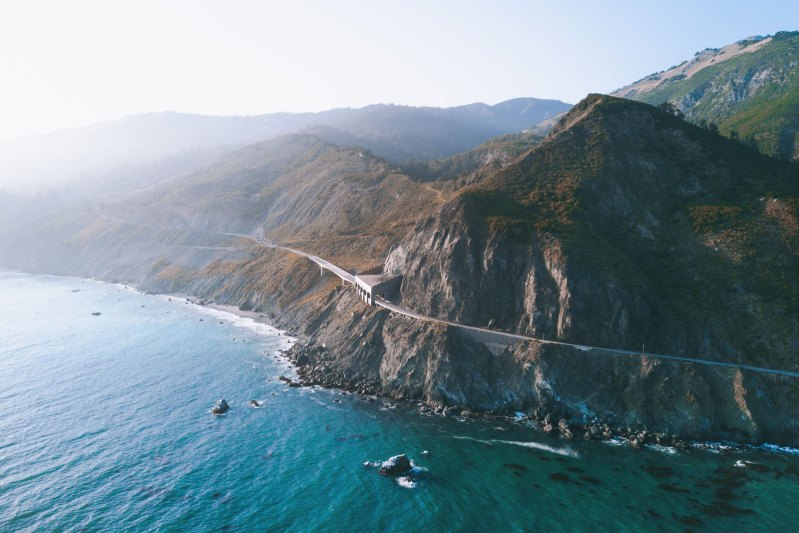
Even in a state as rich with stunning outdoor scenery as California, the Central Coast stands out. Sandwiched between the hustle of Los Angeles and San Francisco, the region remains one of The Golden State’s most pristine outdoor destinations.
Where to Stay
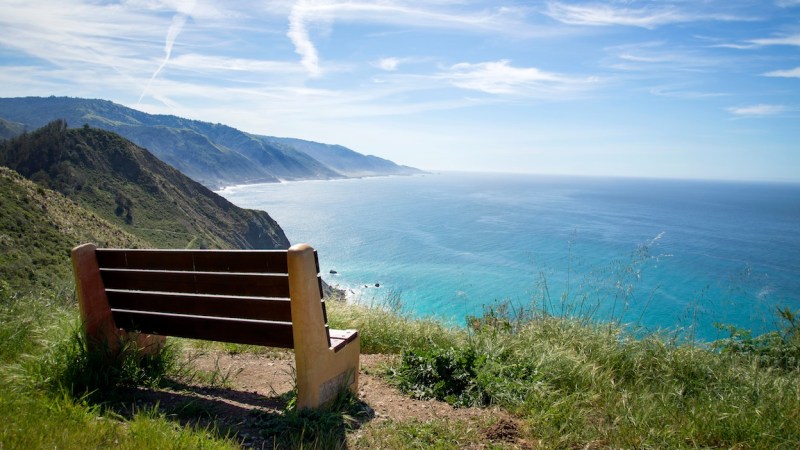
In the heart of Big Sur lies New Camaldoli Hermitage — a working Benedictine monastery where more than 150,000 visitors have retreated over the last 50 years. If the idea of a retreat sounds too new age, just think of it as the ideal place to escape Facebook for a week or two. You won’t have a choice either, because there is no internet or cell service at the hermitage. Rooms at the monastery are comfortable but spartan as the primary focus is to encourage guests to relax in the beautiful on-site gardens, meditate (literally or through simple housekeeping chores), and get lost in the gentle, ever-present lapping of the Pacific Ocean waves.


